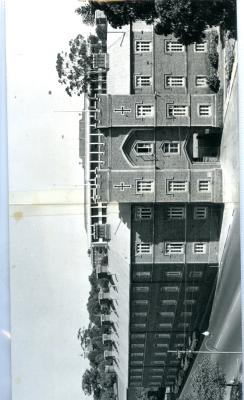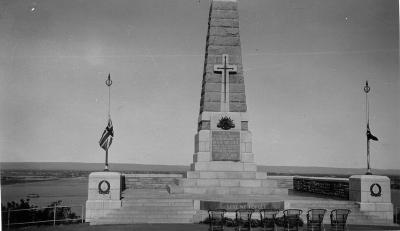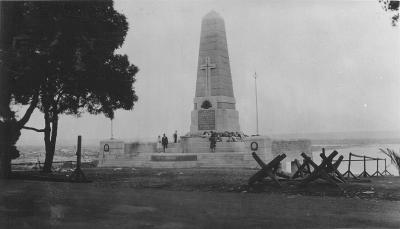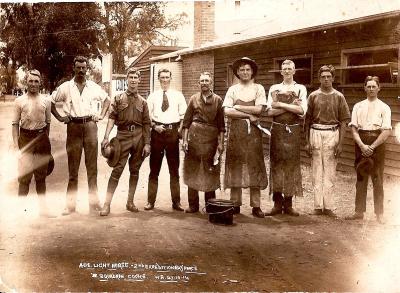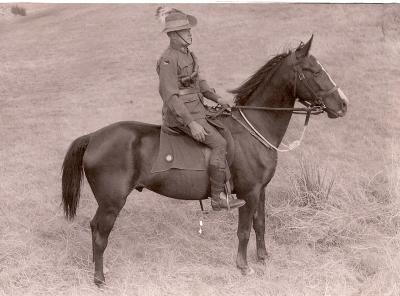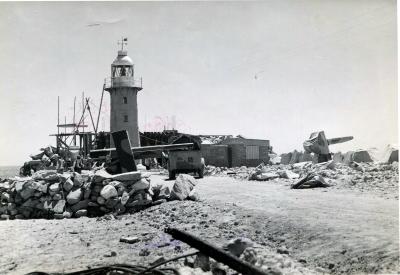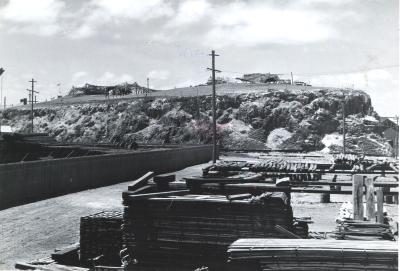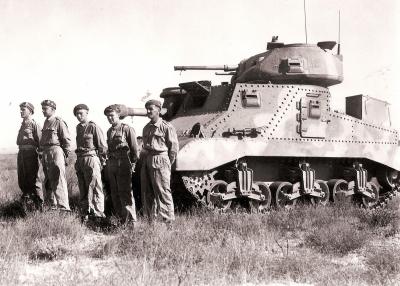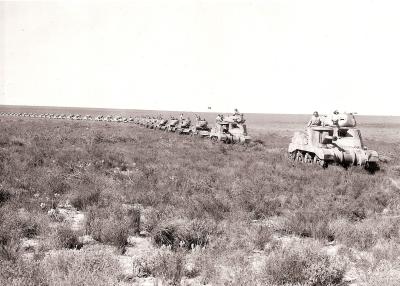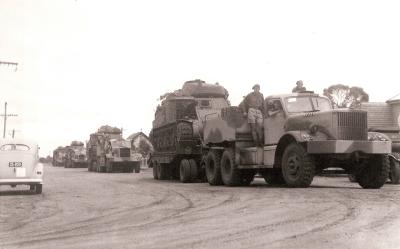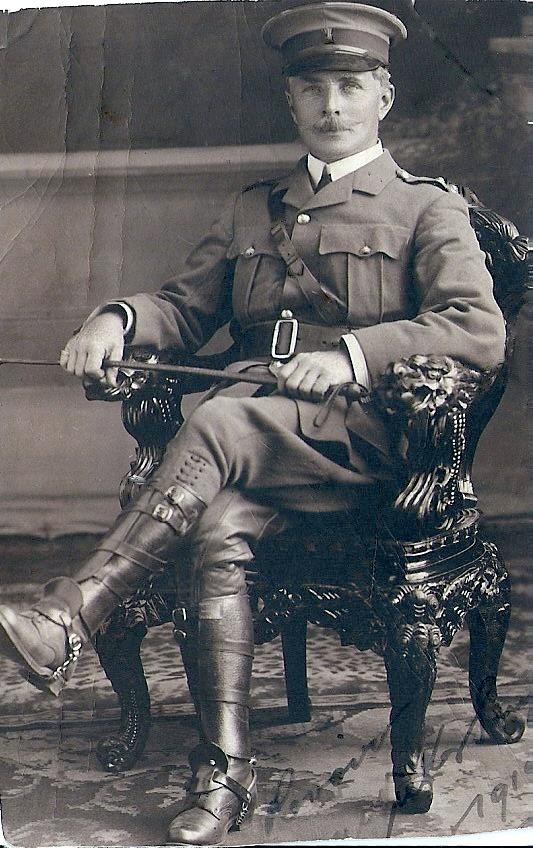World War 1, Australia, Western Australia, Blackboy Hill, McVICKER SMYTHE, 8 Battalion, 1915
1901Studio portrait of Lieutenant Mathew McVicker Smyth, Blackboy Hill
Lieutenant Mathew McVicker Smyth embarked, aged 46, on 14 April 1915 with 8 Battalion 4th Reinforcement.on HMAT A18 Wiltshire. He rose to the rank of Captain and served with 8 Battalion and 5 Pioneers. The 8th Battalion was among the first infantry units raised for the AIF during the First World War. Like the 5th, 6th and 7th Battalions, it was recruited from Victoria and, together with these battalions, formed the 2nd Brigade. The battalion was raised from rural Victoria by Lieutenant Colonel William Bolton within a fortnight of the declaration of war in August 1914 and embarked just two months later. After a brief stop in Albany, Western Australia, the battalion proceeded to Egypt, arriving on 2 December. It later took part in the ANZAC landing on 25 April 1915, as part of the second wave. HMAT Wiltshire (A18) was one of the steamships requisitioned by the Australian Government for use as a troop transport. She was one of the ships of the first convoy which assembled in King George's Sound, Albany, WA, in October 1914 to carry Australian and New Zealand forces to Europe. Wiltshire continued such duties until released by the Australian Government in 1917.
Details
Details
The discovery of five photographs in 2018 in the State Library of Western Australia led to the existence of a forgotten private museum housing the collection of Captain Matthew McVicker Smyth in early-twentieth-century Perth. Captain Smyth was responsible for the selling of Nobel explosives used in the agriculture and mining industries. The museum contained mineral specimens in cases alongside extensive, aesthetically organized displays of Australian Aboriginal artifacts amid a wide variety of ornaments and decorative paintings. The museum reflects a moment in the history of colonialism that reminds us today of forms of dispossession, of how Aboriginal people were categorized in Australia by Western worldviews, and of the ways that collectors operated. Our re-creation brings back into existence a significant Western Australian museum and opens up a new discussion about how such private collections came into existence and indeed, in this instance, about how they eventually end.
The full article by Andrea Witcomb and Alistair Paterson may be accessed at
https://www.berghahnjournals.com/view/journals/museum-worlds/6/1/armw060108.xml
Australian Army Museum of Western Australia
Australian Army Museum of Western Australia
Other items from Australian Army Museum of Western Australia
- World War 1, Australia, Amiens Gun, 1919
- Vietnam Era, Australia, Western Australia, Perth, Pensioner Guard Barracks, 1960s
- Interwar, Australia Western Australia, 1931
- Interwar, Australia Western Australia Perth, 1930
- World War 1, Australia Western Australia Blackboy Hill Camp, 10 Australian Light Horse, 1914
- World War 1, Australia Western Australia, 10 Australian Light Horse, WELSHMAN, 1918
- World War 2, Australia. Western Australia, Fremantle, 1944
- World War 2, Australia Western Australia, 1943
- World War 2, Australia, Western Australia, 3 Aust Corps, 1 Armoured Division, Mingenew, 1942
- World War 2, Australia Western Australia, 2/10 Australian Armoured Regiment, 1942
- World War 2, Australia, Western Australia, Mingenew, 2/10 Australian Armoured Regiment, 1942
- World War 2, Australia Western Australia Morawa, 1942

